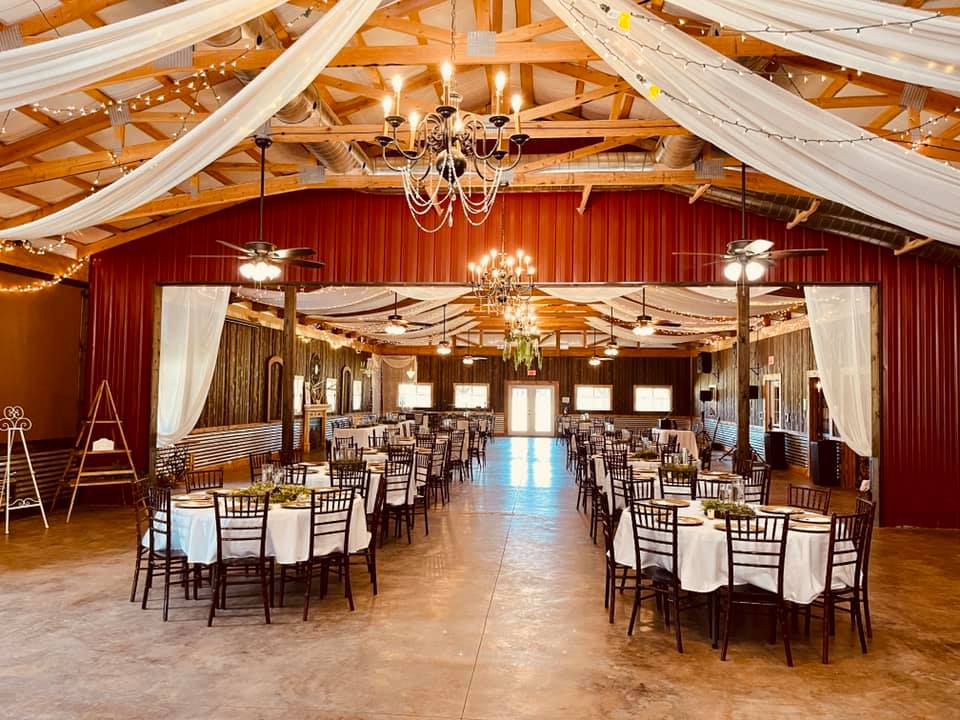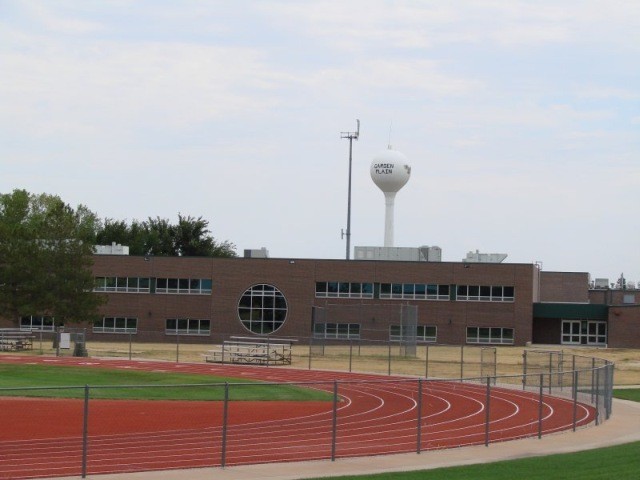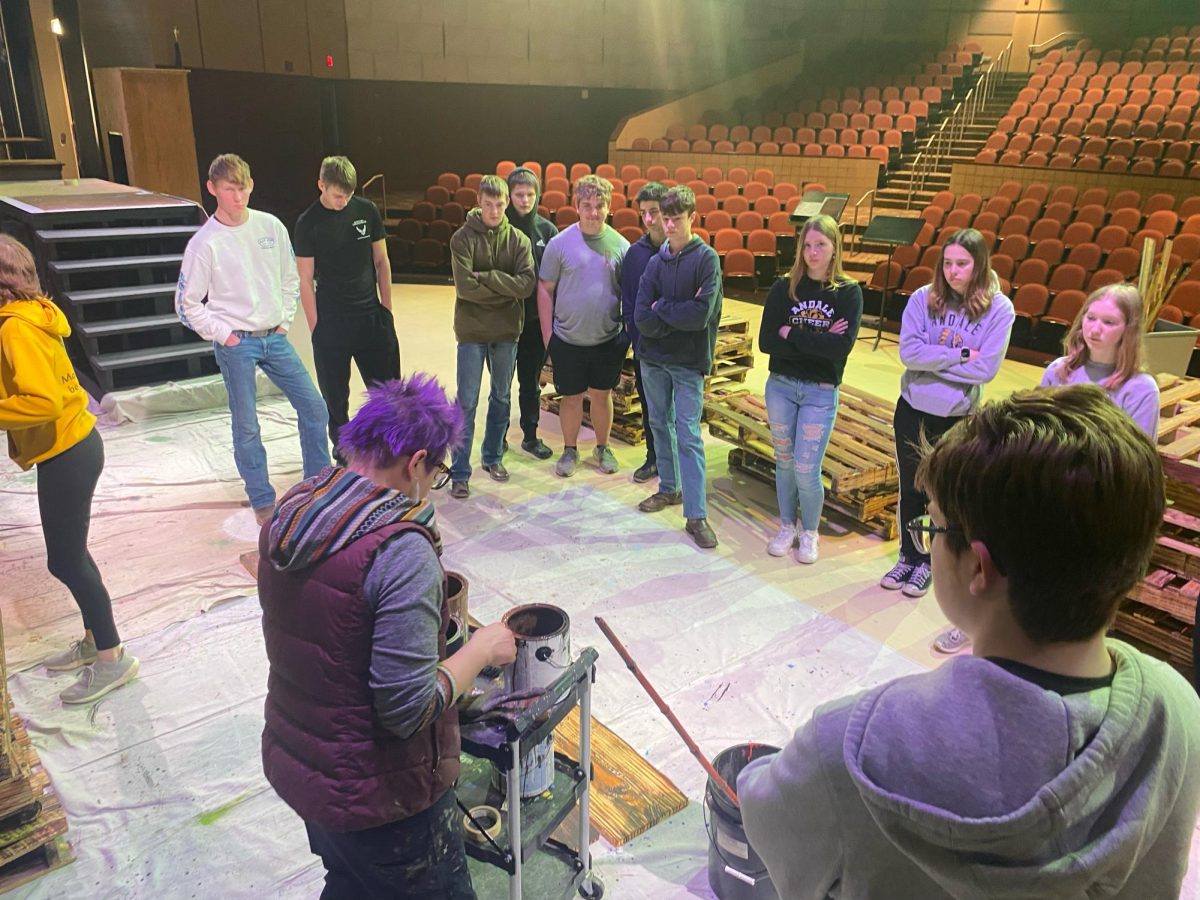Kansas is a state not very many people stop and take a double look at. They don’t think that it’s a place filled with interesting things going on. Some may think that’s true but, what they don’t know is all the breathtaking sights to see in Kansas. From the Monument Rocks, all the way to Perry Lake, are wonderful things to stop and marvel at.
The Flint Hills are a vast region of hills and prairies that are mostly in eastern Kansas. The region consists mainly of alternating layers of limestone and shale. Many of the limestones contain concentrations of chert (which is also called Flint), a hard, dense microcrystalline quartz. As the limestone erodes, angular fragments of Flint accumulate at the surface. The Flint Hills are created by a process called “differential erosion”. Tougher limestones and flints cap the top of the hills. The land between erodes away faster. The limestone and shale beds were deposited during the Permian Period of geological history, which was about 280 million years ago
The Hills got their name coined from the Captain Zebulon Pike. Pike was passing through what are now known as the Flint Hills in September of 1806. He was passing 10 miles south of the present day park when he noted his observation in his journal saying, “Passed very ruff flint hills”, putting a name to this unique region. When European/American settlers arrived in the 1850s, they struggled to farm the land because of the overabundance of rock in the soil.
What people don’t know about the Flint Hills is how truly special they are. The deep-rooted prairie grasses in the Flint Hills nurture some of the most greatest biological diversity in the world. Some of the healthiest streams of water are in the Hills, and it is a critical habitat for migrating From all the different things that go on in the Flint Hills, one thing remains the same, it’s beauty. All the sunrises, to sunsets, you can’t help but stop and stare at the sight you see.. They also burn the Flint Hills. They call it a “Time Honored Tradition”. It started when Native Americans routinely burned prairie to entice bison, who were attracted to the fresh grass sprouting up and out from scorched hills. They burn every year between March and April, and the fire helps preserve the tallgrass prairie ecosystem, controls invasive species, and provides better forage for cattle.
Another wonderful thing about the Hills are all the different animals living there. Over 40 different species of reptiles and amphibians are identified in the Flint Hills alone. Over 30 species of mammals call this place home, more than 200 species of birds migrate through or nest in the area, at least 35 fish species with hundreds of aquatic inter-vertebrates are recorded in the waterways. From all the different things that go on in the Flint Hills, from the history to all the different animals who thrive in their environment, one thing remains the same, it’s beauty.

































